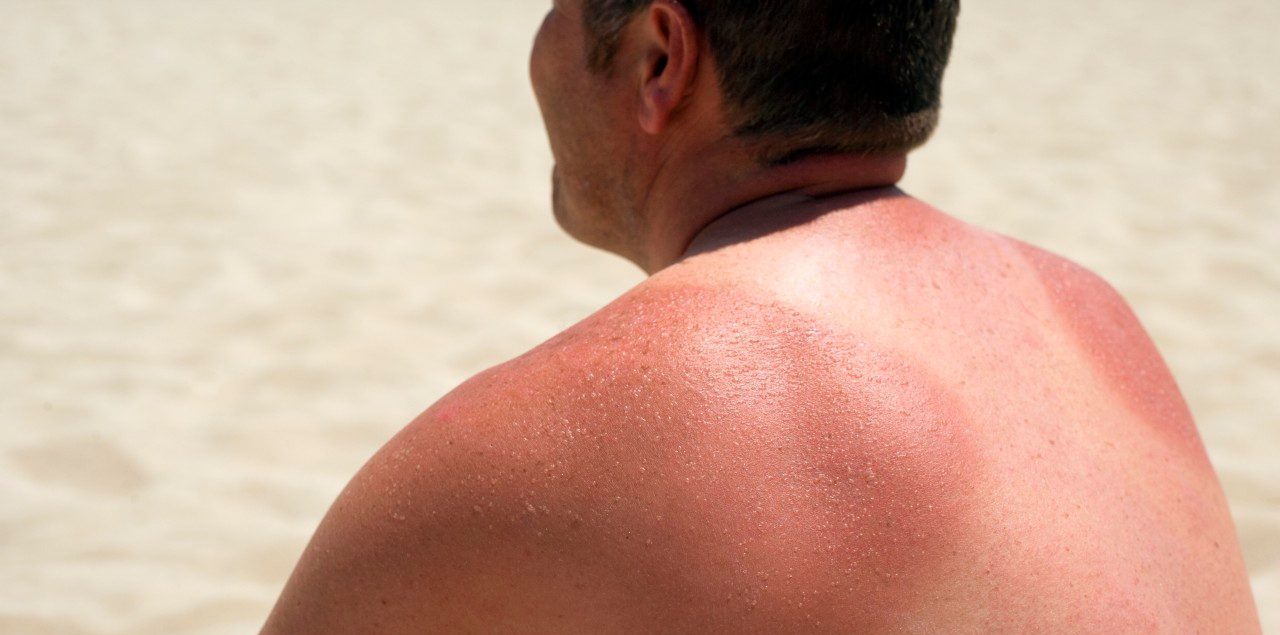Does Your Sunscreen Do What It Advertises?

As we’ve gotten better at protecting our skin from the sun, debate continues over the effectiveness and safety of sunscreens.
A generation ago, there was no such thing as sunscreen, at least as we know it now. One marketing catchphrase was burned into your head: “Tan Don’t Burn.”
Aside from teaching you bad grammar, this pervasive summer slogan was lacking in research and incredibly naïve in the context of skin damage and cancer. Millions of people were gambling with their health for a tan.
Today, you are undoubtedly aware that excessive sun exposure is dangerous and potentially deadly; tanning in itself damages your skin. But part of the solution is also part of the problem. That would be sunscreen. (Most Americans still don't use it.)
What was a display of plant seeds at your local supermarket in April is a confusing and overwhelming array of sunscreen products in May, popping up like daisies just in time for summer and peak sun.
So, let’s cut to the chase and help you chop your way down to some decisions. First, sunscreen was developed so you can be in the sun and stay relatively safe, like at the beach, yet wearing it doesn’t just mean you can stay in the sun longer. The best way to protect yourself is to cover your skin with clothing. That means your first decision is whether you need to be exposed directly to the sun, or need a tan at all.
This is a conundrum particularly for young women who have been led to believe that a tan, like cosmetics and a Barbie doll body, makes them more attractive to the opposite gender. It’s hard for them to resist those sun and fun marketing ploys that pop up at bus stops and highway billboards.
An industry of stylish, light clothing with a high sun protection factor (SPH) has risen along with the rates of melanoma, the deadliest form of skin cancer. From hats, to shirts and pants, this apparel is lightweight and comfortable, yet made to block the sun.
You still want to get the benefits of exposure to sunlight, such as vitamin D, but the consensus is to avoid peak hours of the most intense sunlight from 10 a.m. to 4 p.m.
If you decide that’s not for you, then you should absolutely wear sunscreen. Here’s where the problem comes in. Two French researchers have claimed that one-third of sunscreens overestimate their level of effectiveness according to the SPF system.
They claim they have demonstrated that the “majority of (ultraviolet) radiation filters” approved in sunscreen products are “highly” anti-inflammatory. This quality is likely to inhibit the redness level of the skin, a clinical factor used to calculate SPF.
This amounts to a “false sense of security,” they report, because your DNA is still being damaged, “you just don’t see or feel it happening.” Short of courses in biology and chemistry, suffice it to say that when your DNA is blasted with enough UV radiation, your skin cells can mutate toward the development of skin cancer.
A recent investigation by Which?, a British consumer products watchdog, found three sunscreens in particular had lower protection than the 30 SPF listed on the product. That is a minimum level of SPF recommended for high-level UV protection.
Other reports have said products listing SPFs as high as 70 or even 100 are no better at protecting you from harmful sun radiation.
Another study reported that high SPF sunscreen allows enough UV radiation to damage the DNA in your skin’s pigment cells. This was considered the first-ever molecular study into the way malignant melanoma is caused. The study found a gene that naturally helps protect your skin from damage caused by UV radiation.
This so-called “guardian gene,” which activates the release of protein that protects against UV, is held back by UV radiation that gets through even high SPF sunscreen, the study reported. A study co-author said that you should continue to use sunscreen anyway because it can slow the cancer-causing effect of UV radiation.
Professor Richard Marais, study co-author and a Cancer Research UK scientist based at the University of Manchester, said: “UV light has long been known to cause melanoma skin cancer, but exactly how this happens has not been clear. These studies allow us to begin to understand how UV light causes melanoma.
“This work highlights the importance of combining sunscreen with other strategies to protect our skin, including wearing hats and loose fitting clothing, and seeking shade when the sun is at its strongest.”
Julie Sharp, a spokesperson for Cancer Research UK (which funded the study), added: “People tend to think they’re invincible once they’ve put (sunscreen) on and end up spending longer out in the sun, increasing their overall exposure to UV rays. This research adds important evidence showing that sunscreen has a role, but that you shouldn’t just rely on this to protect your skin.”
In 2014 an estimated 76,000 people were diagnosed with melanoma, and 9,700 Americans will die from it, according to the National Cancer Institute. You can control three of the risk factors: indoor tanning, exposure to UV radiation, and severe sunburns. Your best bet: cover up. If you want to add sunscreen, and you should, find ratings at the Skin Cancer Foundation and the Environmental Working Group.
(Interestingly, investigators have found that many fish, reptiles, and birds naturally produce sunscreen-like compounds, and wonder if research could lead to sunscreen products for humans.)
Updated:
March 25, 2020
Reviewed By:
Janet O’Dell, RN